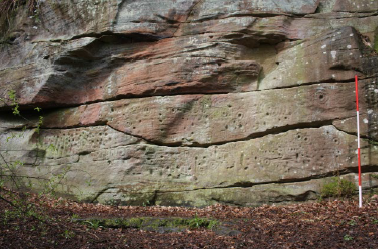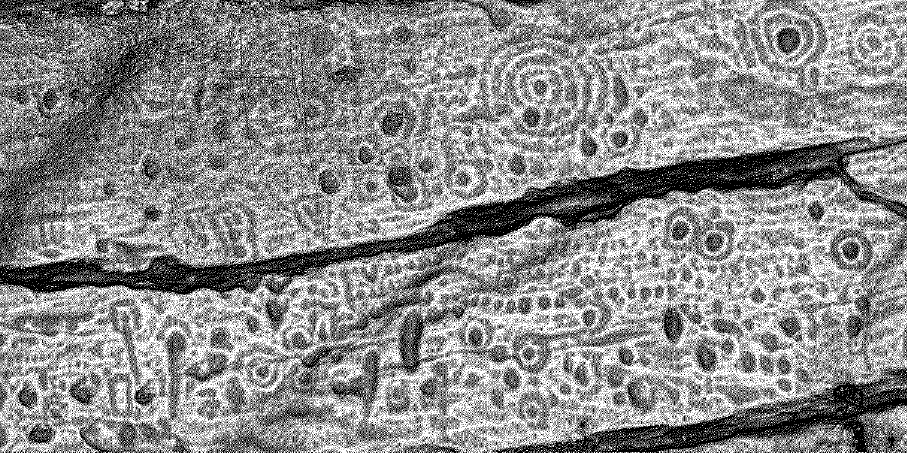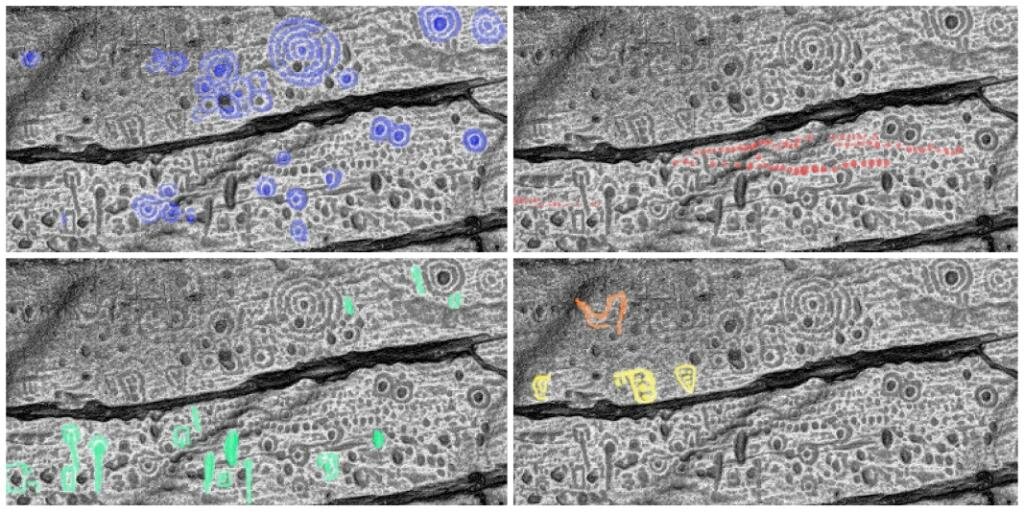Detailed Survey of Ballochmyle Cup and Ring Marks, Ayrshire
In the spring of 2015, AOC’s surveyors carried out a programme of laser scanning and photogrammetry on the Ballochmyle cup and ring marks, Ayrshire, on behalf of Forestry Commission Scotland. Laser scanning records objects in 3D in minute detail by taking millions of measurements. Photogrammetry involves photographing a site or object from numerous angles and meshing the data together to create 3D models.
The carvings were discovered in 1986 when Kingencleugh Estate workers were clearing vegetation along the north side of a tributary stream of the River Alyth in Ayrshire. The carvings are spread across three faces of a vertical outcrop of rock overlooking the water (right), and comprise several hundred cup and ring motifs in a range of styles, from simple shallow cups through to deeper cups with multiple rings, as well unusual ‘square cups’ and ‘ringed stars’. Cup and ring marks typically date to the Bronze Age (c. 2500 BC - 700 BC). There are also three deer and some short inscriptions carved into the rockface. These are probably early historic or medieval in date.
Both laser scanning and photogrammetric techniques are effective for the acquisition of high quality 3D data suitable for rock art visualisation and analysis. They aid in the identification, accentuation and depiction of subtle features, and allow for an informative new interpretation of the rockmarks when compared with earlier surveys, which were carried out by eye and photography alone.
Shown below is an image of Panel 1, derived from photogrammetry using visualisation techniques that emphasise changes in the 'topography' of the rock face, highlighting the carvings. Shown below that, you can see the same image with four different types of markings picked out in different colours. Cup and ring marks are shaded in blue, linear cups in red, ‘square cups’ and slash-like motifs in green and other carvings in yellow. A shape identified during an earlier survey by RCAHMS as a possible deer is shaded in orange.



